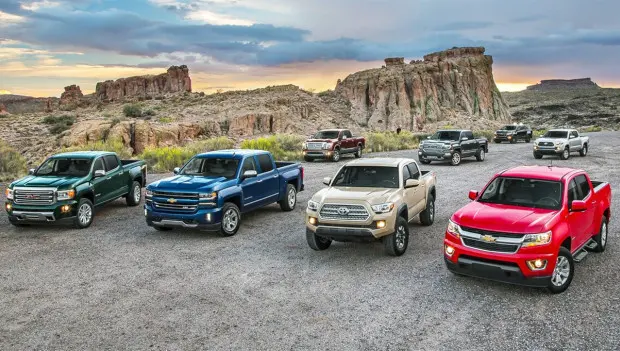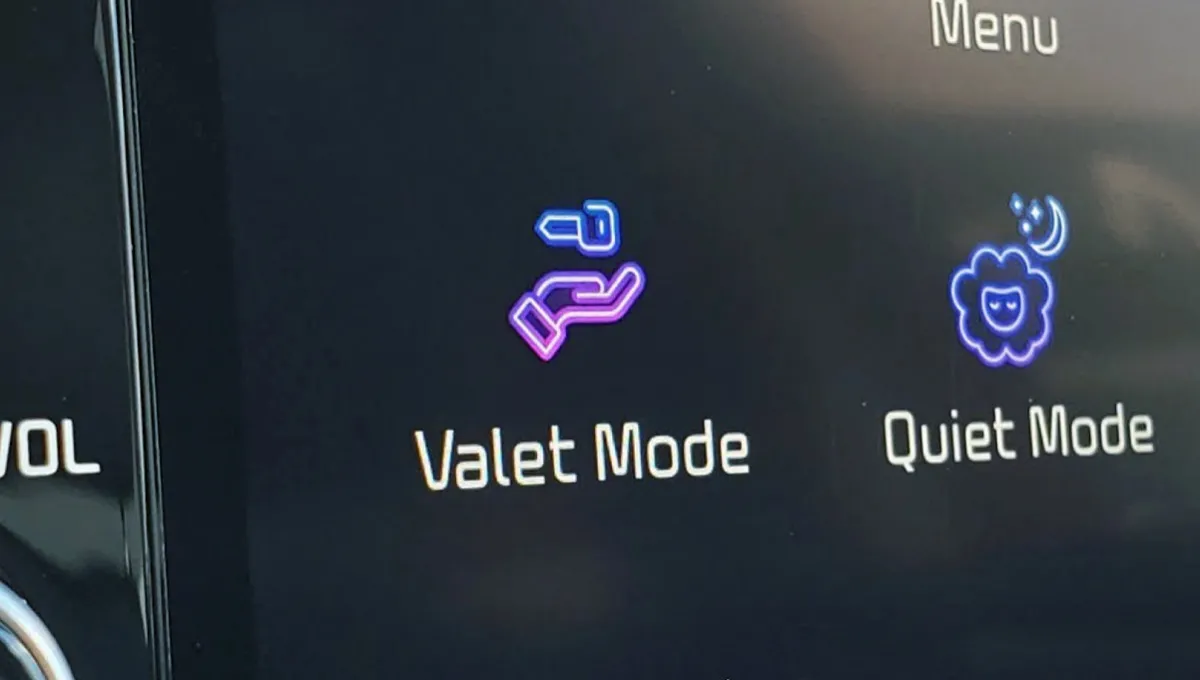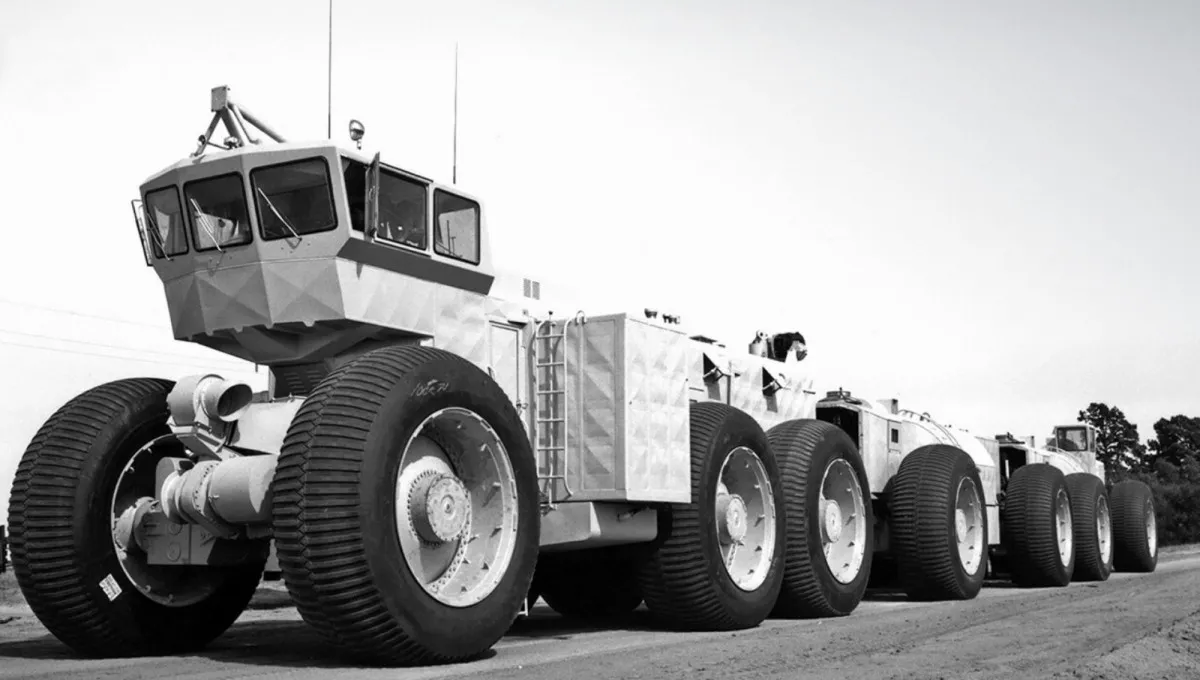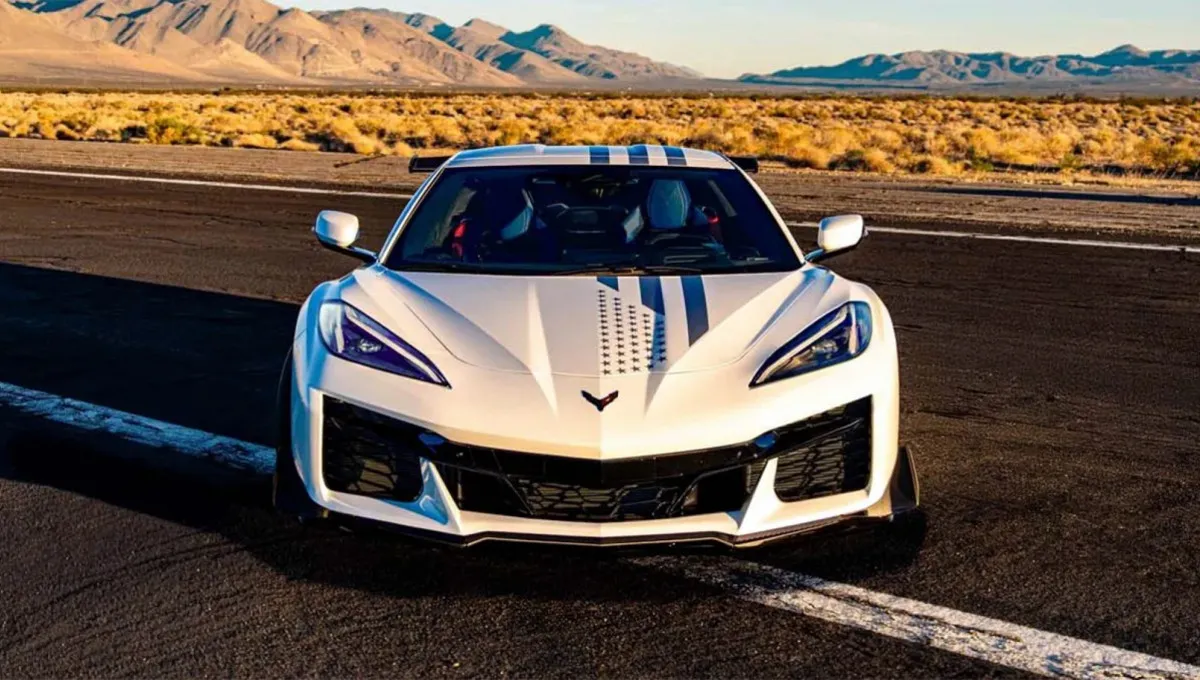Can Car Quality Rankings Be Trusted? Our Expert Analysis
A closer look at today’s vehicle quality rankings reveals one surprising pattern: results differ drastically depending on who compiled them.

When you start comparing various automotive quality rankings, it quickly becomes clear that different organizations deliver vastly different results. At the same time, many drivers believe that modern cars break down more often than older models. Why do these contradictions exist? In this article, we take a closer look at the reasons and try to find the answers.
For every automaker, the goal is simple: convince buyers that their vehicles are the most reliable and safest on the market. Some researchers do conduct objective testing, but there’s always the possibility that a well-funded manufacturer might influence the outcome. That’s why a single study should never be treated as the ultimate truth.
There are several other factors that can compromise the quality of these rankings—more on that in a moment.
One of the biggest issues is the sheer number of organizations conducting their own evaluations. Their testing criteria are rarely the same, which naturally leads to conflicting conclusions. Geography also matters: a car that performs flawlessly in a warm southern climate may be completely unsuitable for harsh northern conditions.
We reviewed several major studies conducted over the past five years. The results speak for themselves. Here is what we found.
The well-known American firm J.D. Power has been researching vehicle quality for many years. In one of its recent surveys, more than 33,000 owners of three-year-old cars were questioned. Based on their feedback, analysts compiled a list of the most problematic components. The study took into account exterior and interior quality, comfort, drivability, audio, HVAC, engine performance, and suspension. After tallying all reported issues, the rankings were established.
The results were as follows:
-
Lexus — 95 problems per 100 vehicles
-
Porsche — 97 problems
-
Buick — 106 problems
The worst performer was Dodge, with 208 issues. Although the study included vehicles from around the world, it’s worth noting that European brands (with the exception of Porsche) didn’t make the Top 10 at all. Volkswagen and Land Rover also fared poorly, despite being among the leaders in other rankings.
On the other hand, General Motors and Toyota posted respectable results—not chart-topping, but strong overall.
According to the American experts who have been studying reliability for more than 25 years, modern cars do not break down more frequently than older models. However, they note a clear trend: electronics fail far more often than mechanical components. Owners report fewer engine and suspension issues each year, but more electrical glitches. It’s also important to remember that J.D. Power examines vehicles no older than three years. Based on this data, the organization concludes that overall automotive quality continues to improve.
Another major player, the U.S. magazine Consumer Reports, uses a different approach. Its surveys focus on problems encountered by owners during the previous 12 months, and each rating includes more than 100 vehicles of the same model. Their methodology gives greater weight to the severity and cost of repairs, making their rankings, in some ways, more balanced.
Yet despite the different approach, the winner remained the same: Lexus has held the top position for three consecutive years. This time, however, the rest of the Top 5 shifted:
-
2nd — Toyota
-
3rd — Audi
-
4th — Mazda
-
5th — Subaru
According to the magazine, these brands are currently the most dependable. Once again, as in the previous ranking, only one American brand made the Top 5. Experts note that many U.S. models have slipped in quality due to unreliable electronic systems. The same issue affected Infiniti.
Consumer Reports also highlights frequent failures in modern dual-clutch transmissions. The only brands whose owners didn’t report such problems were BMW and Audi—everyone else dropped in the rankings because of this issue.
Europe runs its own reliability surveys—and the results there look completely different. Honda holds the top spot, and after polling owners, analysts assign a reliability index based on each type of failure. Lexus, while no longer the leader, remains near the top. European drivers also highly recommend BMW, Mazda, Audi, Subaru, and Dacia.
All of this leads to one clear conclusion: the world’s biggest auto studies often contradict each other, and trusting any single ranking is misguided. Even with massive surveys, results vary from region to region. A brand that leads in one study may finish at the bottom in another. And contrary to popular belief, many researchers reject the idea that today’s cars are inherently worse than those of the past.
You may also be interested in the news:

New York Will Require Labels on Ads Using AI-Generated Avatars: New Rules and Penalties for Advertisers
New York State officials have taken a major step toward regulating emerging technologies.

Many Americans don’t know about this onboard computer feature: what the Valet Mode system is for and how it works
How to use Valet Mode and when to apply this system, as well as why it was integrated into your car’s computer.

America’s Secret 1950s Road Train Built for $3.7 Million
Witnesses of its test runs said the massive convoy moved like a snake.

Chevrolet Reveals One-of-a-Kind Star-Spangled Corvette ZR1X for America’s 250th Anniversary
The ZR1X joins Chevrolet’s new Corvette Stars & Steel Collection created to honor America’s upcoming 250th anniversary.

Ford and SK On Restructure Battery Partnership, Shifting Control of Key U.S. Plants
The restructuring of Ford and SK On’s battery partnership will reshape responsibilities at key U.S. plants and shift operational control.